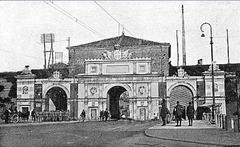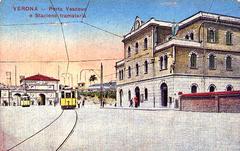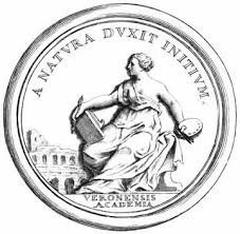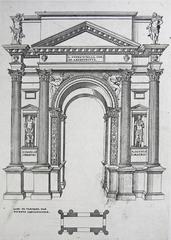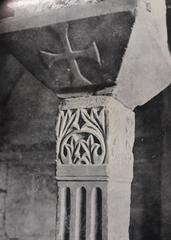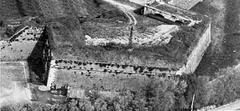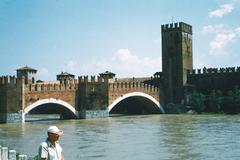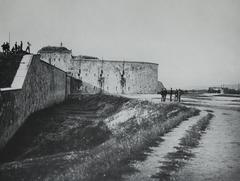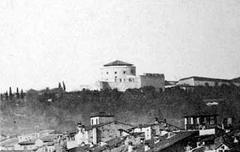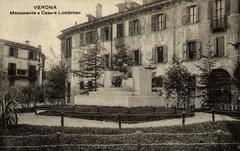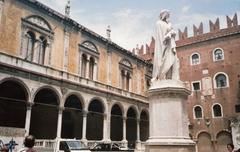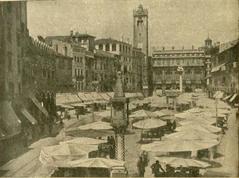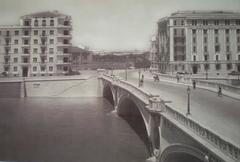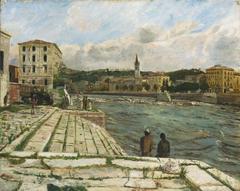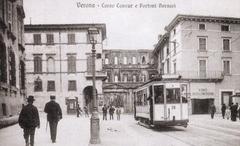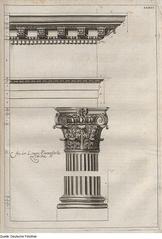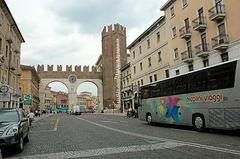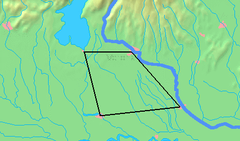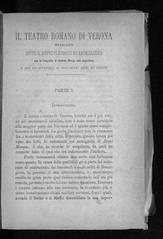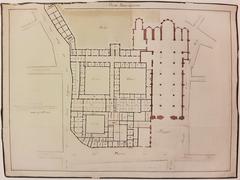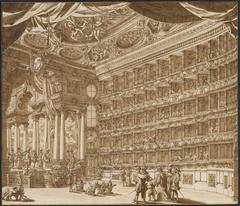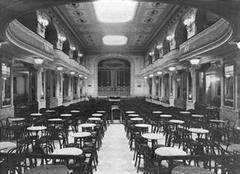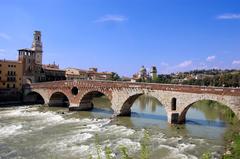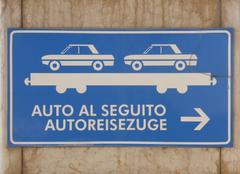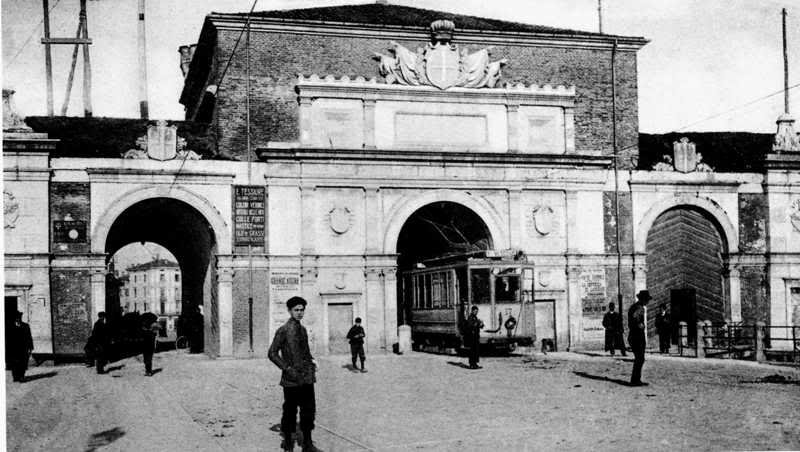
Comprehensive Guide to Visiting Porta Vescovo, Verona, Italy
Date: 23/07/2024
Introduction
Porta Vescovo, an ancient gateway located in the eastern part of Verona, Italy, is a remarkable monument that embodies the city’s rich history and architectural grandeur. Constructed in the early 16th century, this gate was part of the defensive walls built under the commission of the Republic of Venice to protect Verona from potential invasions. Named ‘Bishop’s Gate,’ Porta Vescovo reflects its historical connection to ecclesiastical authorities, playing a crucial role in the city’s governance during the medieval period (Verona Tourism Official Website).
The gate’s robust structure, built from a combination of stone and brick, stands as an exemplary model of Renaissance military architecture. Its central archway, flanked by two smaller pedestrian arches adorned with Venetian decorative elements, offers a glimpse into the architectural techniques and styles of the period. Porta Vescovo’s well-preserved battlements and machicolations further add to its defensive attributes, making it not only a functional structure but also a significant piece of Verona’s architectural heritage.
In contemporary times, Porta Vescovo has transformed into a cultural landmark, drawing tourists and locals alike. It serves as a bustling hub of activity, reflecting its historical role as a focal point for trade and commerce. The gate is often included in guided tours of Verona, providing visitors with historical context and architectural insights. Additionally, Porta Vescovo hosts various cultural events and festivals, enriching its role in Verona’s social fabric.
Table of Contents
- Introduction
- History of Porta Vescovo
- Visitor Information
- Preservation Efforts
- Educational Value
- FAQs
- Conclusion
- References
History of Porta Vescovo
Origins and Early History
Porta Vescovo, named “Bishop’s Gate,” was constructed in the early 16th century as part of the defensive walls commissioned by the Republic of Venice to protect Verona from potential invasions. The Venetian influence is evident in the architectural style of Porta Vescovo, characterized by its robust and imposing structure. It served not only as a defensive fortification but also as a checkpoint for goods and people entering and leaving the city, contributing to Verona’s economic and social life.
Architectural Significance
Porta Vescovo is an exemplary model of Renaissance military architecture. The gate features a combination of stone and brick materials, typical of the period’s construction techniques. Its design includes a central archway flanked by two smaller pedestrian arches, all adorned with decorative elements that reflect the Venetian style. One of the most striking features of Porta Vescovo is its well-preserved battlements and machicolations, which were used for defensive purposes. The gate also includes a series of inscriptions and coats of arms that provide insights into the historical context of its construction.
Cultural and Social Impact
Historically, Porta Vescovo was a bustling hub of activity, with merchants, travelers, and locals passing through its arches daily. The gate’s strategic location made it a focal point for trade and commerce, contributing to the city’s prosperity. In contemporary times, Porta Vescovo continues to be a cultural landmark. It is a popular site for tourists and locals alike, offering a glimpse into Verona’s past. The gate is often included in guided tours of the city, providing visitors with historical context and architectural insights. Additionally, Porta Vescovo serves as a venue for various cultural events and festivals, further cementing its place in Verona’s social fabric.
Visitor Information
Visiting Hours and Tickets
Porta Vescovo is accessible year-round, but it is best to check the Verona Tourism Official Website for up-to-date visiting hours and ticket prices. Some guided tours may include entrance fees.
Guided Tours
Consider joining a guided tour to gain a deeper understanding of the gate’s historical and architectural significance. Many tours include Porta Vescovo as part of a broader exploration of Verona’s historical sites.
Accessibility
Porta Vescovo is easily accessible by public transportation. The Verona Porta Vescovo railway station is nearby, making it convenient for visitors traveling by train.
Nearby Attractions
Combine your visit to Porta Vescovo with other nearby attractions such as the Roman Theater, the Verona Cathedral, and the Giusti Gardens. This will provide a comprehensive experience of Verona’s historical and cultural heritage.
Photography
Don’t forget to bring your camera. The gate’s architectural details and the surrounding scenery offer excellent opportunities for photography.
Preservation Efforts
Preserving Porta Vescovo is crucial for maintaining Verona’s historical and cultural heritage. Over the years, various restoration projects have been undertaken to ensure the gate’s structural integrity and aesthetic appeal. These efforts are often supported by local authorities, heritage organizations, and community groups. One notable restoration project took place in the early 2000s, focusing on repairing the gate’s masonry and restoring its decorative elements. This project was funded by the Italian government and the European Union, highlighting the importance of international cooperation in heritage preservation.
Educational Value
Porta Vescovo serves as an educational resource for students, historians, and architecture enthusiasts. The gate provides a tangible connection to Verona’s past, offering insights into the city’s defensive strategies, architectural styles, and social dynamics during the Renaissance period. Educational programs and workshops are often organized at Porta Vescovo, aimed at raising awareness about the importance of heritage preservation. These programs are designed to engage the local community and visitors, fostering a sense of pride and responsibility towards Verona’s historical landmarks.
FAQs
- What are the Porta Vescovo visiting hours?
Visiting hours can vary. It is advisable to check the Verona Tourism Official Website for the latest information. - Are there any ticket prices for visiting Porta Vescovo?
Some guided tours may include entrance fees. For specific ticket prices, refer to the official tourism website. - Is Porta Vescovo accessible for people with disabilities?
Porta Vescovo is accessible by public transportation, and efforts have been made to accommodate visitors with disabilities. However, it’s best to check specific accessibility features in advance. - Can I take photos at Porta Vescovo?
Yes, photography is encouraged, especially given the gate’s architectural beauty and historical significance.
Conclusion
Porta Vescovo is more than just an ancient gate; it encapsulates the rich history and cultural heritage of Verona. From its strategic construction commissioned by the Republic of Venice to its role as a focal point for trade and commerce, Porta Vescovo has been integral to the city’s historical narrative. The gate’s architectural beauty and historical significance continue to attract visitors, making it a must-visit site for anyone exploring Verona.
Efforts to preserve Porta Vescovo have been ongoing, supported by local authorities and international organizations, ensuring that this historical monument retains its structural integrity and aesthetic appeal. Educational programs and workshops further enhance its value as an educational resource, fostering a deeper understanding and appreciation of Verona’s past among visitors and locals alike. For those planning a visit, Porta Vescovo offers a unique opportunity to step back in time and witness the enduring legacy of Verona’s architectural and cultural heritage.

